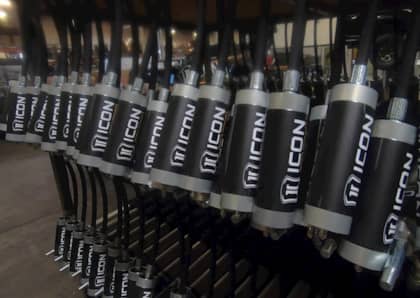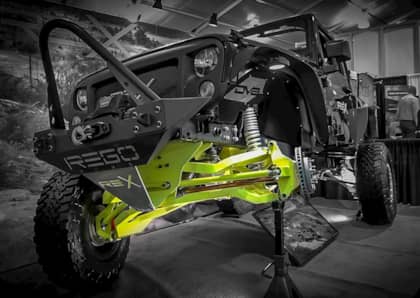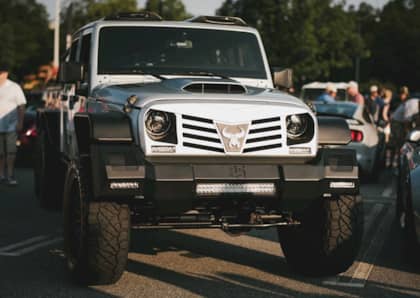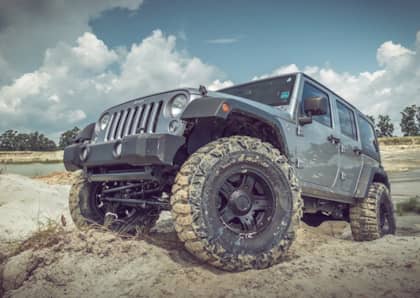3 Helpful Tips For Adjusting 4x4 Coilovers At Home
One of the biggest advantages to having coilovers under your 4x4 is the seemingly endless adjustability of the high-end shock absorber. While changing the valving and fluids levels requires a bit more time, tools, and knowhow, simply adjusting the coils position and timing is extremely easy. After adding a roof rack and few camping-related essentials to my ’07 Jeep Wrangler Unlimited, I noticed that the rear suspension had felt the effects of the added weight. Since I tend to like my vehicles sitting level (or even a touch high in the back), I needed to adjust my King coilovers. Doing this at home is a bit more challenging than if I had a two-post vehicle lift like you would find at your typical professional garage. Nevertheless, it isn’t an overly difficult task. Here are a few quick tips you can use to adjust your 4x4 coilovers the next time you give it a go. 














